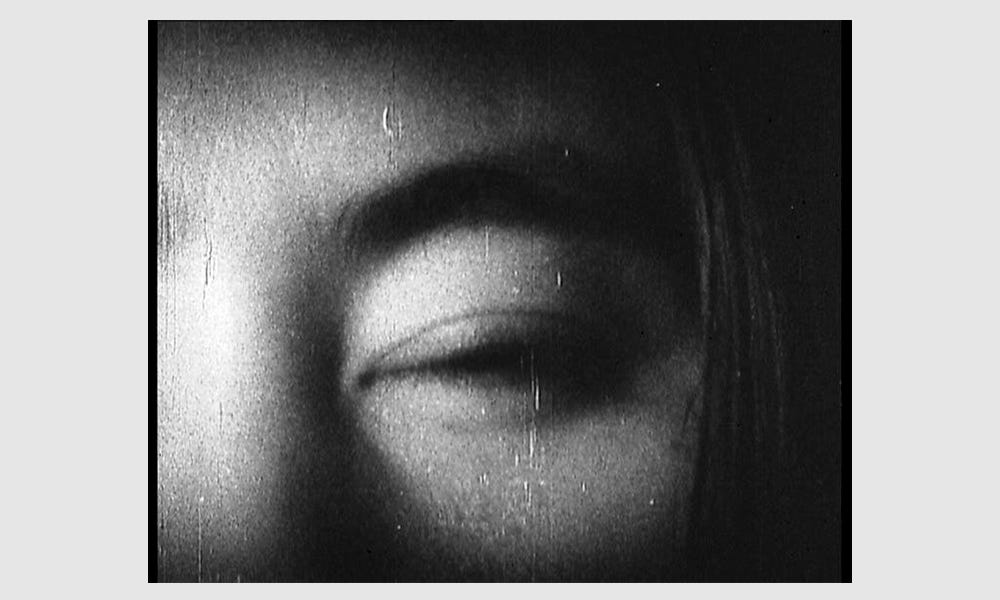Welcome back to A Journey into the Virtual World, if you missed the previous post, be sure to take a look.
With the first semester of 2017 complete, and a break on the horizon, I abandoned the idea of work for a while. This was always a pleasure, but as with all good things, an end must come, and with it, a new beginning. The previous project was done, but I wasn’t finished with the concept of the virtual world and creating work within it. We began lectures and tutorial again and this time with a different tutor. Your work at university can be hugely influenced by who teaches you, and for our second semester, we were taught by seemingly, one of the most eccentric lecturers there, which I heartily approved of. In our early sessions session, after a bit of a catch up, she had us delving into the story and origins of Orpheus of Greek mythology. My interpretation of this was centred around the feelings of apprehension that one might experience in a journey to the underworld, much like Orpheus makes himself in order to recover his lost wife Eurydice. I linked this to my previous body of work through the act of travelling to another world - a virtual world. This transition from the physical to the virtual was key in my previous projects and it was something I was eager to continue exploring.
Taking the Eurydice and Orpheus myth as an initial seed of inspiration, I initially focused on the feelings of solitude that Orpheus would have felt from the loss of his loved one, as well as the fear and anticipation prior to his descent into Hades. One of the first pieces of work we were given to look at was Jean Cocteau’s 1950 film Orphée, starring Jean Marais as Orpheus (Orpheé) and Marie Déa as Eurydice. Within the film, Orphée is cast as a poet who harbours an obsession with Death. Spoiler - Orphée and Death fall in love and Eurydice is killed by Death’s followers - subsequently leading to Orpheé embarking on a journey into the Underworld to search for his wife.
I would follow her to hell! - Orpheé
I wanted to focus on a single point that seemed to emerge from this - the character is ready and willing to proceed headlong into abject danger. The moment of decision seemed to be as good a point as any to derive work from - the moment before a journey into the depths of a metaphorical hell - the calm before the storm. I thought that this phrase would be both aesthetically and conceptually intriguing as a centre for the work, and perfectly evoked the waiting that occurs prior to an event of terrible consequence. I also wanted to create a piece of work that included moving images, as my work so far on the course had been static, and this led me to my next point of inspiration.
As part of our historical and critical studies, we were asked to consider the theories of post-digital photography. Up to the 1960s, most photographers, save perhaps the Dadaists, were considered to be economists of image production - trying to fit as much visual imagery and symbolism into their work as they possibly could. The Fluxus artist group attempted to buck this trend. Critiquing and decommodifying art was their self-imposed remit, and they were the first to enforce sparseness in their work. An example of a piece of media that follows in this simplified aesthetic production was John Cale’s 1966 film Police Car. Despite its simplicity, it ended up being a hypnotic and compelling cinematic creation, and its division into two distinct sections of flashing lights give the work a very photographic feel - possibly more so than photographs that similarly aim to show movement via the still image.
Yoko Ono’s film Eyeblink was produced in the same year and was created with a similar process, however its emphasis on movement is key in her piece, despite the movement being almost unnoticeable in the duration - going against the preconceived notions of both the photographic and the motion picture.
It was around this time that Andy Warhol was experimenting with what he coined anti-art. His most famous films in this category being his 1963 film Sleep, and his 1964 film Empire - both works focusing on the mundane nature of stillness. The use of running time is something employed within the work to great effect, forcing the viewer to endure the work for far longer than would be expected, or for longer than they would with a piece of static photography, the latter requiring attentiveness for a relatively short duration of time. Within works such as Empire (1964) and Sleep (1963), we see a mixing of media as well. The first being the main photographic image (someone sleeping, or a building), and the second being the visible imperfection in the film stock used. The first is a slow and considered visual that warrants deep attention, and the second is a sporadic flickering of noise, flashing dust, grain, and scratches.
Watching these films at the start of the semester gave me much to think about, and greatly influenced my thought processes, as well as the direction of my work. More inspiration came in subsequent weeks, and we’ll take a look at those next time, as well as taking a look at the beginnings of my next project.
As always, thank you for reading. If you’d like to support the blog, you can do so over on Patreon, or by subscribing and sharing!
A JOURNEY INTO THE VIRTUAL WORLD #1
For around a decade, starting in about 2005, I embarked on a photographic journey into the world of fashion editorial and portraiture. This was fruitful for a time, but as my interest in this began t…













